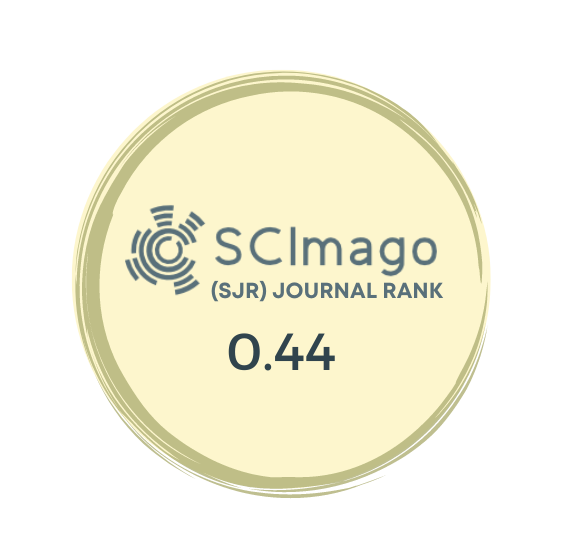Objective: Lumbar spinal fusion is a common procedure for treating spinal degenerative diseases. Percutaneous endoscopic lumbar interbody fusion (PELIF) is a minimally invasive technique that has gained popularity. However, the factors influencing fusion success rates after PELIF have not been well-studied.
Methods: This single-center retrospective study reviewed the medical records of 96 patients who underwent single-level PELIF for degenerative pathologies between 2018 and 2020. Fusion was evaluated using thin-slice computed tomography scans at 12 months by 2 independent radiologists and defined as no detectable lucency between bone and graft. Patients were categorized into fusion and non-fusion groups. Data on age, operative time, blood loss, drainage, hospital stay, surgical level, osteoporosis, endplateitis, body mass index, lumbar curvature, and bone morphogenetic protein (BMP) use were collected. Univariate tests (chi-square, Student’s t-test, and analysis of variance) were employed to compare factors between groups. Significant factors were included in a multivariate logistic regression model with fusion as the dependent variable.
Results: The overall fusion success rate was 85.6% (86 fusion and 10 non-fusion). Univariate analysis revealed significant differences in age, osteoporosis, hypertension, diabetes, endplateitis, and BMP use between groups. Multivariate analysis identified osteoporosis (odds ratio (OR)=5.44, 95% CI, P < .05) and end-plate osteochondritis (OR=10.449, 95% CI, P < .05) as independent risk factors for non-fusion.
Conclusion: The use of BMP and endplateitis are significant factors that affect bone fusion outcomes after the PELIF procedure. These factors should be taken into account in order to improve postoperative bone fusion.
Level of Evidence: Level IV, Therapeutic Study.
Cite this article as: Huang Z, Li X, Yi W, Gong J, Zhou Y, Tang Y. Assessment of factors implicated in bone fusion after percutaneous endoscopic lumbar intervertebral fusion. Acta Orthop Traumatol Turc., Published online October 25, 2024. doi: 10.5152/j.aott.2024.23142.


.jpg)
.png)

.png)
